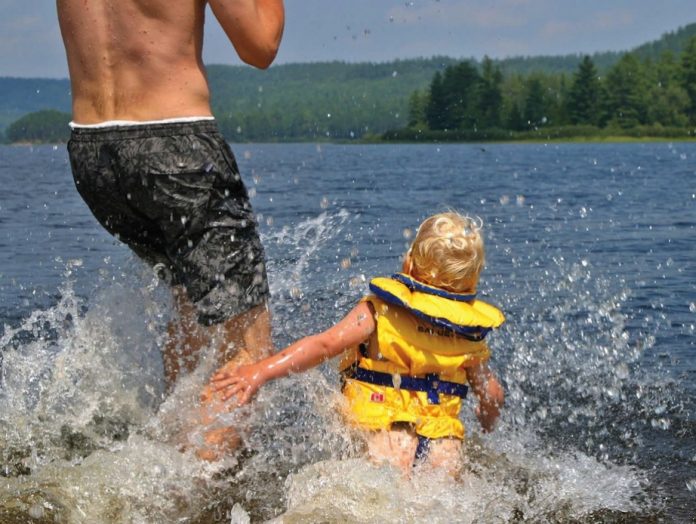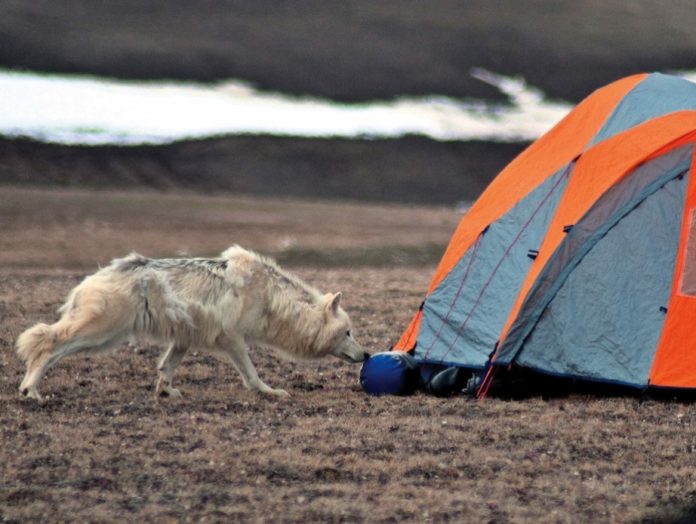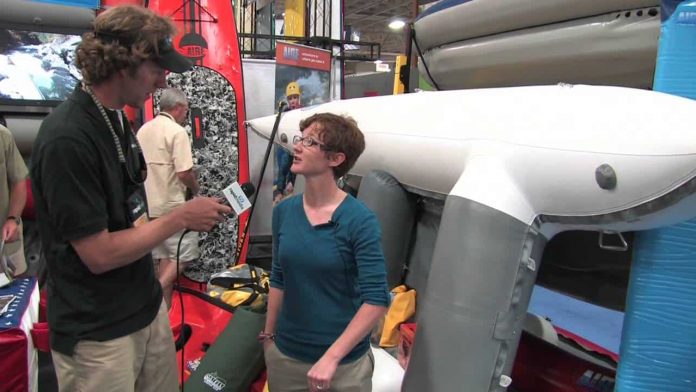Ivy wandered into our courtyard, plastic buckets and shovels in hand. “May I play?” We set her up east of our castle on an adjoining moist plot of real estate. I set about extending our moat to encompass her land; my son Doug began filling our largest bucket, the one we use for castle foundations.
Ivy said she was seven years old and that her family, “Wasn’t really into sandcastles.” I left it at that, but thought it strange they’d let a little girl play on the beach all by herself.
The beach at Algonquin Park’s Lake of Two Rivers campground was two football fields long with a swath of sand between the water and a grassy picnic area. Up on the grassy section sat moms and dads, nibbling out of Coleman coolers, reading novels and overseeing games of tag and Frisbee. Although no one seemed to be keeping a watchful eye on Ivy.
In time, we had built Windsor Castle. Nearing completion (and our attention spans) it was a grand structure with rolling fields, grazing pine cone cattle and birch bark flags atop every turret. Finally, feeling a bit uncomfortable, I asked Ivy if she thought her parents would soon be worried about her.
“Oh, no,” she said. “They’re right up there.” Just out of earshot, barricaded behind a 17- inch Dell LCD laptop screen, were her mom and dad. Beside them Ivy’s sister was lying on her belly, propped up on her elbows, thumbs tapping text messages to her friends in the city. Because of cell coverage through the park’s highway corridor, with the right monthly service plan you also get Internet service in the campground.
Parks Canada just announced that it’s considering piloting wireless I nternet in some of its campgrounds. National Park visits have been declining since 2007 and officials believe Wi-Fi and cozy yurts will be what it takes to get more urban, new Canadians outdoors. Aren’t we trying to get visitors outdoors to connect with trees and turtles, not the New York Stock Exchange and Paris Hilton’s new My BFF (whatever that means) Facebook page?
I see parents in ski lodges checking BlackBerrys. Technology has allowed us many freedoms. Certainly working from the lodge in the morning and skiing in the afternoon is far better than missing the entire day, stuck in the office. But let’s not embrace new technologies and bring them with us just because we can. We need to stop and think about the quality of our outdoor experiences.
Ivy’s parents closed their laptop, told their teenager to look after Ivy, and left for their campsite. Not a thank you to me, not a “will it be okay to leave her?,” and not a word to Ivy before they marched off the beach.
Maybe without Internet service in the campground, Ivy’s parents wouldn’t have taken her camping at all. I f there is an argument for Wi-Fi in our parks, I guess I ’d reluctantly concede that camping with Wi-Fi is better than not camping at all—at least I think Ivy would say so.
If you must, at least use technology for good. Google “how to build a sand castle” and watch the five-step instructional video. Then, unplug and play.
This article appeared in Canoeroots & Family Camping, Spring 2010. Download our free iPad/iPhone/iPod Touch App or Android App or read it here.






